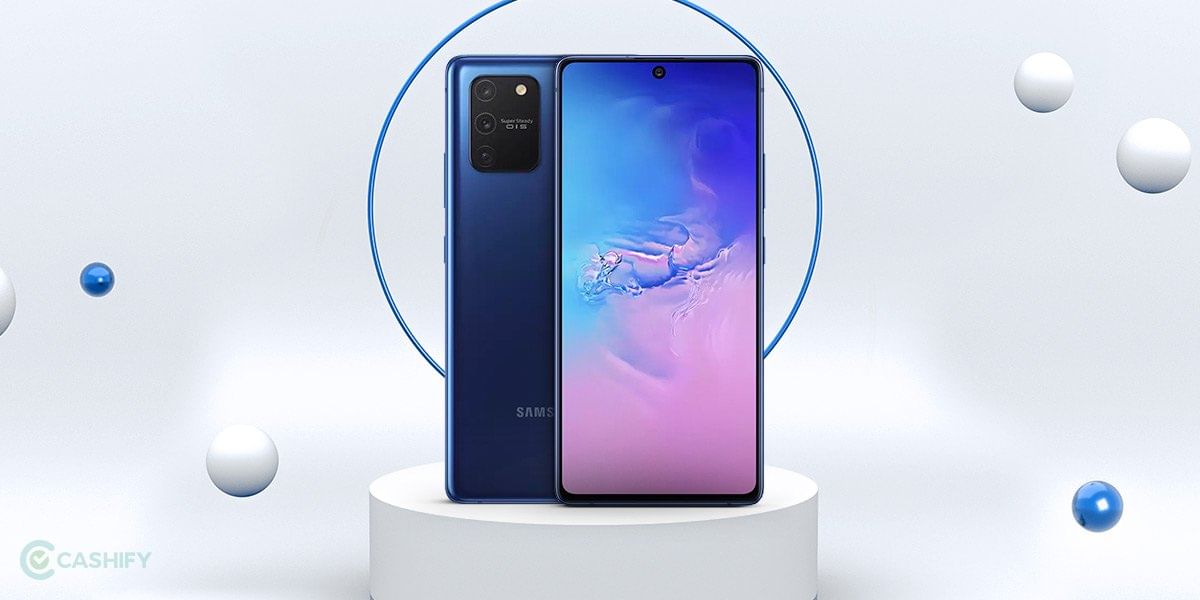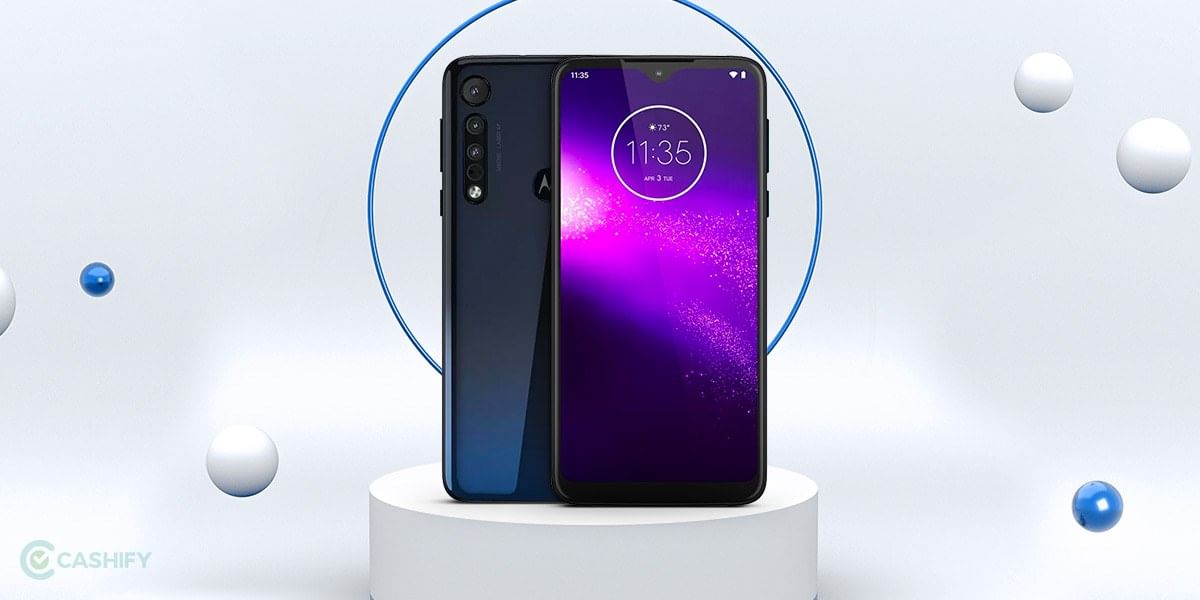Introduction
The trend of releasing enhanced models and successors in these few months is taking an upward trajectory, and Oppo is also not lagging. With the latest Oppo A9 2020, the Chinese smartphone manufacturer has tried everything to spice up the new A9 with a faster processor, larger battery & everything more compared to its predecessor, also called Oppo A9. The new A9 2020 launched alongside Oppo A5 2020 arrives with refresh specifications promising an enhanced performance thanks to the processor on-board, RAM storage, and a few other specs that we will be accounted for in this detailed review.
To set the context, we used Oppo A9 2020 for quite a few days testing almost every aspect of it and how it is purely a successor to the last-gen A9. The new Oppo A9 does have many pros but there are a few backlogs, shortcomings, or say something the device failed at that will help you decide whether to get your hands on one or not.
Read also: Oppo F15 Review: A Great Addition To The Oppo F Series
Prices in India, Variants, Availability
Oppo A9 2020 is available in two RAM trims that are 4GB and 8GB and three color variants that are Marine Green, Vanilla Mint, and Space Purple. The price tag on its 128GB+4GB base variant is Rs 15,990/- which is universal across all color variants. The elder 128GB+8GB variant arrives at Rs 18,490/- on Amazon India and Oppo India’s website among its retail channels.
Amazon is offering several add-ons with the product such as 10 days replacement, 1 year of warranty from Oppo and No Cost EMI on selected banks. You can also Amazon’s Exchange Offer which will bring down the price with a discount of up to Rs 10,800/- which of course depends on the make and model of the device or why not just sell your old device at Cashify to get the highest bid for it.
(You can now buy refurbished smartphones with a 6 month free repair warranty at Cashify. Head over to Cashify Store to know more.)
Box Contents

There’s nothing different in a retail box for Oppo A9 2020 except the handset and a few key details. The retail box includes the handset (of course) and a pre-applied screen protector that comes with it, a TPU case, Type-C USB cable, a 10W power adapter, a SIM Card ejector tool, quick start guide, and that’s pretty much all.
Specs at a Glance
When it comes to the specifications, Oppo A9 2020 is a mid-range device and offers a Snapdragon 665 11nm processor on-board with Adreno 610. The chipset itself has eight-cores which includes four high-performance 2.0GHz Kryo 260 cores and four power-efficient 1.8GHz Kryo 260 Silver cores on-board. Furthermore, the device has 128GB of internal storage packed along with 4GB of RAM with an option to get a higher variant of 8GB RAM. The device also has UFS 2.1 storage system on-board which isn’t as fast as UFS 3.0 seen in flagship smartphones but it does its job. It is a major improvement over last-gen Oppo A9’s eMMC 5.1.
The new Oppo A9 has NFC for contactless payments and more. The phone has a rare-to-see feature called Reverse Charging which lets Oppo A9 (2020) to double as a power bank so that other devices get to draw power from it.
Design and Build Quality
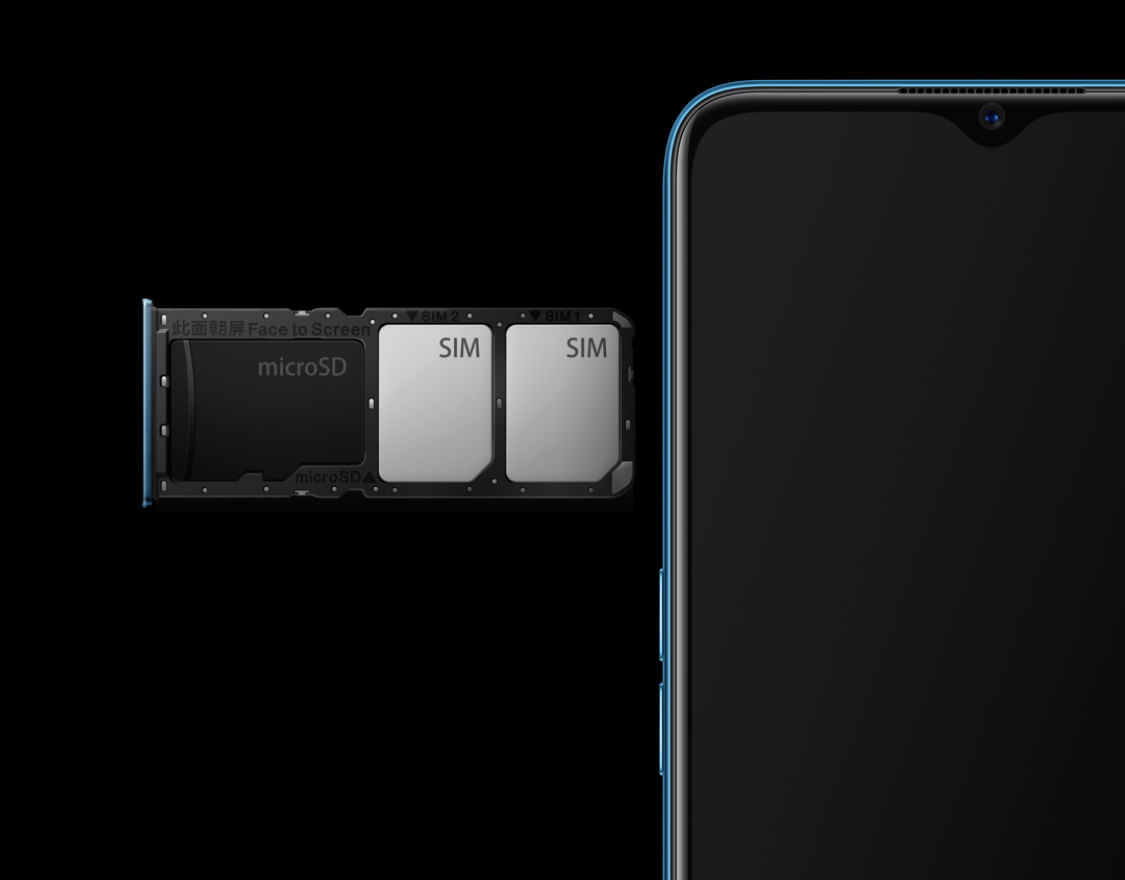
Oppo A9 2020 hasn’t changed much from its usual look that we saw with its predecessor. The device measures at 163.6×75.6×9.1mm, which means it is a bit tall and substantially thicker compared to a few devices in this price tag. Thanks to its 20:9 tall display, which makes the phone a bit taller than usual and holding it is just a little difficult. When you keep it in your pockets, it is still quite visible. The phone does weigh 195 grams which we won’t say is the lightest.
Talking about the ports & button, there’s nothing on the top, the left has volume rockers placed near your reach and the same goes for the power button on the right side. Finally, the bottom has a primary microphone, a speaker grille, a 3.5mm headphone jack, and a Type-C USB port which is an improvement over the micro USB port seen in the last-gen A9.
The front has a similar waterdrop-shaped notch with a display and chin, the rear is a bit changed thanks to the inclusion of a quad-camera setup with three cameras placed right in the middle in a vertically stacked camera bump that raises just above the back panel along with a fourth sensor flanking the main assembly to the left with an LED flash to go with. There’s a fingerprint scanner at the back just below the camera bump with an oval shape and Oppo’s branding and that’s all.
Oppo has maintained that the rear has a Corning Gorilla Glass 3+, but we feel it is highly unlikely to be glass. Instead, Oppo is using a polycarbonate back panel with a brilliant 3D-like gradient design which is glossy enough to mimic a glass back and yet remain subtle. Thanks to a few curved edges when you view the phone from its back, the overall thickness of the device looks slim even though it is 9.1mm.
The rear panel tends to pick up smudges and fingerprints so having a protective case will be enough to make sure there are no smudges on the back. On the front, Oppo A9 2020 comes with a factory-installed screen protector, thereby preventing users from smudging and dropping scratches on the screen initially.
Display
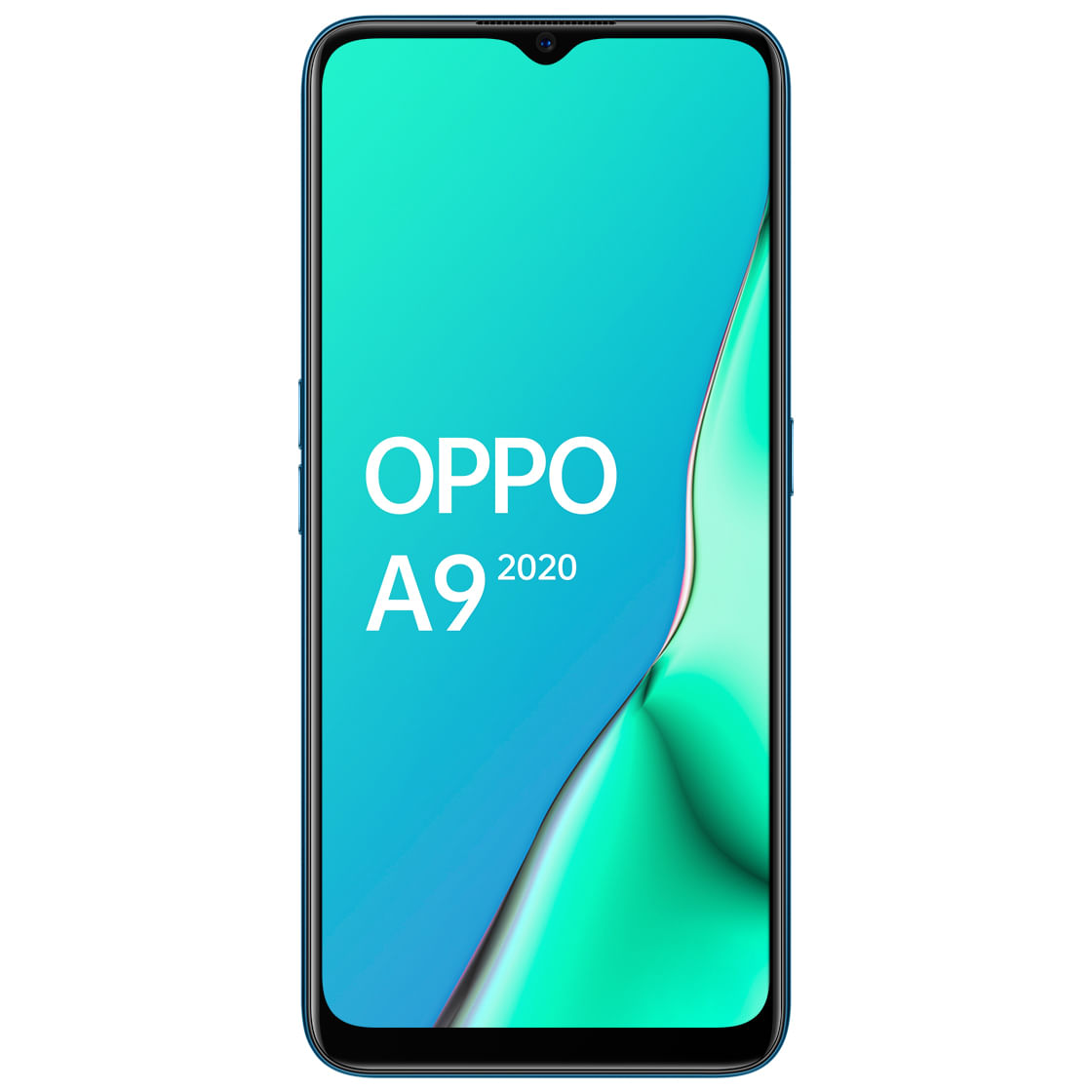
When it comes to the display, Oppo A9 2020 won’t shy away from as it brings a large-sized 6.5-inch IPS LCD panel with 82.5% screen-to-body ratio, and 720×1600 pixels resolution. The device has a 270 PPI density and we know where it is going. Honestly, Oppo A9(2020) should have a higher resolution than provided which means it might have some problems depicting images and texts but the story is a bit different.
First of all, we know that the pixel count is low for a display size of 6.5-inch. The Android operating system has adapted to this which makes pixelation go away thanks to its intelligent processing. The phone is able to avoid making the pixel structure visible at all even with such a low pixel density. The same applies even if you zoom into the text on a browser which might otherwise pixelate a lot but that’s not the case with the new Oppo A9.
That doesn’t mean the display is of A-grade mainly because the display seems to have a cooler colour tone which makes color saturation worse. However, you can retreat to warmer colour temperature in the Display section to make things right. Thanks to its wide canvas spanning edge-to-edge with a bezel around three sides and a prominent chin which is not that slim, the display is still large enough to view movies and whatnot without any distractions.
Performance
Even after sporting that heavy UI on-board, Oppo A9 (2020) has managed to make all the animations and transitions snappy when you are using it. Although the low-resolution display does bug you since it isn’t that immersive, the phone can handle almost any task you throw at it with ease. The app can multitask with everyday apps and it also includes casual games such as Subway Surfers or Candy Crush, etc.
Read also: Best mobile phones under 30000
Further, the phone has a few navigation schemes to tweak although we would suggest you stick to the on-screen buttons rather. Apart from that, the phone has Widevine L1 DRM which makes streaming HD video content on the phone easier and with a wider display, it is a fully immersive viewing experience although with a bit of compromise with the screen tech in use and the resolution.
When it comes to the hardcore performance stats, the phone managed to pull off 1,69,226 points on AnTuTu while it managed to get 1,305 points and 305 points on multi-core and single-core tests on Geekbench respectively. Apart from that, the phone got at 50fps on GFXBench’s T-rex while the Manhattan 3.1 test recorded 25fps so that’s okay if not that good.
If we talk about high-graphics and intensive games like PUBG Mobile, you can play these types of games although not on high but low resolutions & frame rate and still observe some issues with the gameplay and this applies to all high-octane games like COD Mobile, Asphalt 9: Legends, etc. The phone’s performance basically falls on part with Redmi Note 8 as well to put things into perspective.
Software
A lot is going on around the software part of Oppo A9 (2020). First of all, the device runs on Android 9.0 Pie-based ColorOS 6.0.1 UI. The new UI could be a bummer for people moving in from the UIs that Samsung and other smartphones offer; however, similar to any other UI, ColorOS 6 has both pros and cons.
Speaking about the UI, it looks a bit cartoonish and made up although that issue is cleared with ColorOS 7. Meanwhile, ColorOS 6 offers many customization options including tweaking the theme, whether or not you want an app drawer and how many rows of icons should it have. There are several other features as well such as the Smart Assistant, Game Space Optimiser, Oppo’s LockScreen Magazine, App Cloner which works with a handful of apps and creates two identical apps that users can use individually and more.
One of the biggest concerns with ColorOS 6 that comes with Oppo A9 (2020) is the spam notifications that apps throw at it no matter if you open those apps or not. The phone also brings a load of bloatware or pre-installed apps that take a lot of space and you might never use most of these apps. Although bloatware can be removed, it is still a tedious task to remove these apps one by one manually. The notifications are blatantly attacking your notification panel and lock screen but most of these notifications can be customised to avoid alerting you every time they arrive and so on.
Oppo A9 (2020) also has Oppo Cloud which offers 5GB of free cloud storage for anyone who wants to store anything from photos, videos, call history, messages, and everything else. Hopefully, ColorOS 6 doesn’t entertain ads on the UI at this moment which is something MIUI on Xiaomi smartphones included on the OS level which means there’s no way of escaping those ads although a sort of settings has been made available by Xiaomi. Overall, ColorOS 6 is heavy although it is quite responsive.
Cameras
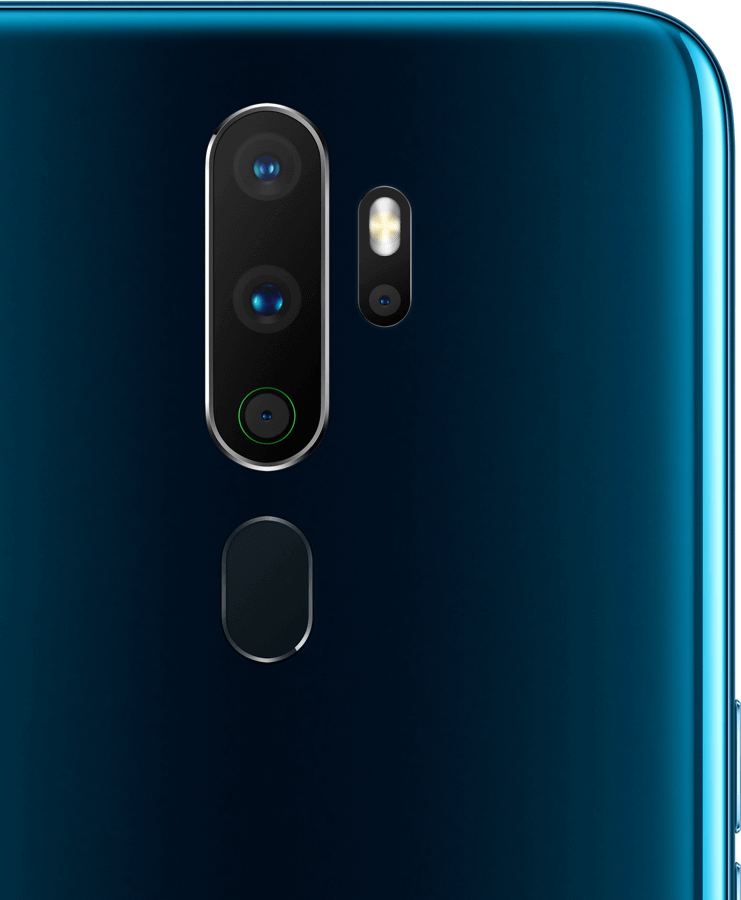
The Chinese smartphone manufacturer has upgraded the new A9 2020 a lot for the cameras specially, and has introduced a quad-camera assembly at the back paired with a single front selfie camera. The optics specs read like this, the front has a 16MP sensor with 1.0micron pixel size, 26mm wide focal length, and an aperture of f/2.0.
Moving ahead, the rear camera setup is amazing with its primary 48MP sensor which has a PDAF, 1/2.25” sensor size and 0.8micron pixel size flanked along with an 8MP ultrawide sensor with an aperture of f/2.3, autofocus along with 1.12micron pixel size. The other two cameras are a 2MP sensor and a dedicated 2MP depth sensor where both have an aperture of f/2.4, a pixel size of 1.75micron along with 1/5.0” sensor size on-board and this sums up the camera assembly on the new Oppo A9 (2020).
For most of the part, Oppo did a good thing by introducing a 48MP sensor on A9 (2020) which is quite decent along with three other cameras. However, do you know that basically, both 2MP sensors are not of that use? These sensors are monochrome and faded colours. You can cover these sensors and still, images taken from the primary lens will be more than average. These two 2MP sensors are used as artistic portrait effects and aren’t even as composed and worthy as the filters that you can apply to photos you click via standard mode.
Talking about the primary 48MP sensor, surprisingly, the sensor is worthy of its name and does take crisp and bright photos. The details are preserved and the camera automatically locks focus on the subject almost immediately without any further ado. The details are quite on point although there is a bit out blown-out highlights when it comes to photography on a subject against a bright background such as the sky. The primary lens can click photos in portrait mode as well with surprisingly good edge detection and background blur.
Moving further, the 8MP ultra-wide sensor can click photos at 119° field of view. You can easily spot distortion at the edges once the image is processed which is a little off-putting but is a great feature to have on-board.
Surprisingly enough, the night mode on Oppo A9 was one of the must-try feature. It takes seven seconds to capture an image and you would see the subject in more light than available while shooting the photo. The night mode does trims or crops the image a bit so that’s something you need to take care of. The front, on the other hand, is a 16MP sensor tucked in a waterdrop-shaped notch that can click decent images with beauty mode enabled by default.
Moving on to the videography, the max you can capture videos at is 4K resolution and that too only via the primary sensor where 1080p is fairly stabilised while 4K videos are jerky. The ultra-wide-angle sensor cannot videos so that’s another bummer.
Read also: Top Camera Smartphones
Battery Life
The next-gen A9 2020 has shown a humongous improvement in the battery aspect. The device hosts a giant 5,000 mAh Li-Po battery on-board which is almost 1,000 mAh larger than what the last Oppo A9 offers. It does have an impressive battery life without though it isn’t an Energizer phone.
It can pull off more than a day’s battery life even for heavy users. I found out the phone can retain more than half of its battery life even at the end of the day which includes moderate usage although heavy users will see a bit of more drop, to be honest. The device did drop almost 10% during the night but with a battery size so humongous, you can expect it to pull off a whopping two days for light users while moderate users can expect almost one and a half days of juice. Finally, the heavy users will still have to bounce back on something at the end of the day even after a day’s worth of usage.
In our video loop test, the phone managed to pull off 90-minutes of video at max brightness and lost 13% of its battery life which puts it on par with phones such as Moto G7 Power which too has a 5,000 mAh battery and was able to go through the 90-minute ordeal losing just 12% of its battery life.
No doubt you can do streaming on Netflix or YouTube or any other app or play a tonne of games without worrying about the battery life. The only backlog here is that the phone doesn’t have a fast charger which means you have to spend three hours to charge the battery full via its 10W charger. Moreover, the device doesn’t attract any change in battery life even with Qualcomm QuickCharge 3.0. The cool thing that the Chinese manufacturer did with Oppo A9 2020 is the introduction to USB Type-C port instead of the old aged micro USB which is a great addition to the specs, to be honest.
Audio and Biometrics
Following the leads from all the latest devices, the new Oppo A9 too arrives with a rear-mounted fingerprint scanner in an oval-shaped design. Although the sensor can recognize fingerprints quickly, it still has a bit of failure at times. Because of its oval shape, it will take some time to adjust and place the finger on the sensor to unlock the device. The phone has a face unlock feature by the way which works phenomenally. In fact, it is much more responsive and faster than the fingerprint scanner and has a wide area to scan & unlock that won’t require you to pull your phone right on your face.
Speaking about the audio, it has stereo speakers where the earpiece might not be too loud. Still, when combined with the bottom speaker, the phone does create an immersive resonating experience that I guess no other phone in this price segment has achieved.
Read also: Latest Smartphone Reviews
Pros & Cons
Pros:
Excellent battery life
Stereo speakers
Good performance as a budget phone
Cons:
Slow charging speed
Bulky to use
Spammy notifications & bloatware
Oppo did work on A9 2020 a lot and has improved a lot of things but with a price tag at just Rs 15,990/-, you can expect a series of compromises and believe me this phone does a lot of them. Starting from an HD+ display with low-resolution, the phone has a decent processor that can run intensive games on light settings only. Oppo A9 2020 has four cameras of which, two are just to add that quad-camera status for the marketing of the device as they don’t have any impact on the overall photos whatsoever.
Oppo A9 2020 does have some good features such as the USB Type-C port, a reverse charging capability, sturdy stereo speakers and great battery life to go with. The phone doesn’t have a glass back which compensates with a glossy plastic back panel with a brilliant gradient design. Even though it is a budget device, the phone is easily beaten by the likes of Realme X falling in the same price range. So what do you think about Oppo A9 2020?

